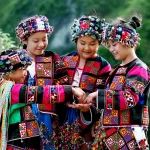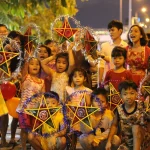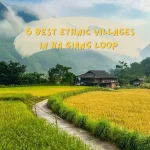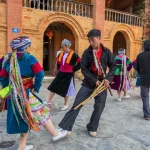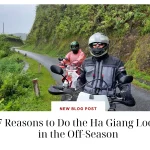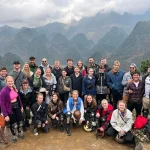Vietnamese culture is a tapestry of traditions that have been passed down through generations. From the vibrant festivals to the diverse cuisine, it is a treasure trove of unique customs and practices. In this guide, join Karst Plateau in exploring traditions that offer a glimpse of Vietnam’s rich cultural heritage.
1. Vietnamese ethnic group cultures

54 ethnic groups in Vietnam
Vietnamese culture is exceptionally diverse with 54 ethnic groups, each with their own culture. Their traditions form an integral part of their identity. Each ethnic group has its own unique set of customs, rituals, and practices passed down through generations, reflecting their history, beliefs, and way of life. Some ethnic group even have their own distinct language and unique architectural styles for building houses.
2. Traditional Vietnamese costumes
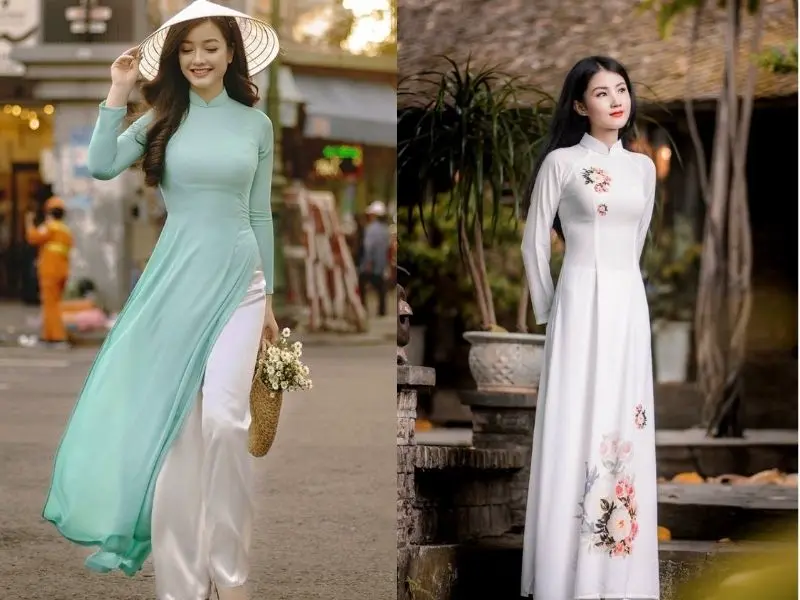
Ao Dai is a traditional Vietnamese costume
Vietnam’s traditional costume is a splendid reflection of the country’s diverse cultural tapestry. While the elegant “Ao Dai” remains the epitome of Vietnamese attire, the nation’s ethnic groups contribute a captivating array of traditional costumes, each an embodiment of their unique heritage. Each costume serves as a visual language, conveying a rich history, customs, and beliefs unique to its wearers. These traditional attires are cherished and worn during cultural festivals, ceremonies, and everyday life, acting as a living link between generations and preserving the authenticity of Vietnam’s diverse cultural heritage.
3. Traditional Vietnamese performing arts
3.1 Hat Xoan

This performing arts was recognized by UNESCO as an Intangible Cultural Heritage of humanity
Hat Xoan is a traditional form of singing of people in Phu Tho. This is a type of ritual and customary folk song and is often known by other names such as Hat Cua Dinh, “Khuc Mon Dinh”. In Hat Xoan, dancing and singing always go hand in hand. Each dance will usually illustrate a lyric being sung. The repertoire of Hat Xoan is usually performed in a certain order. Hat Xoan, often performed in folk festivals, is a combination of ritual singing and intercourse singing.
3.2 Hat Quan Ho
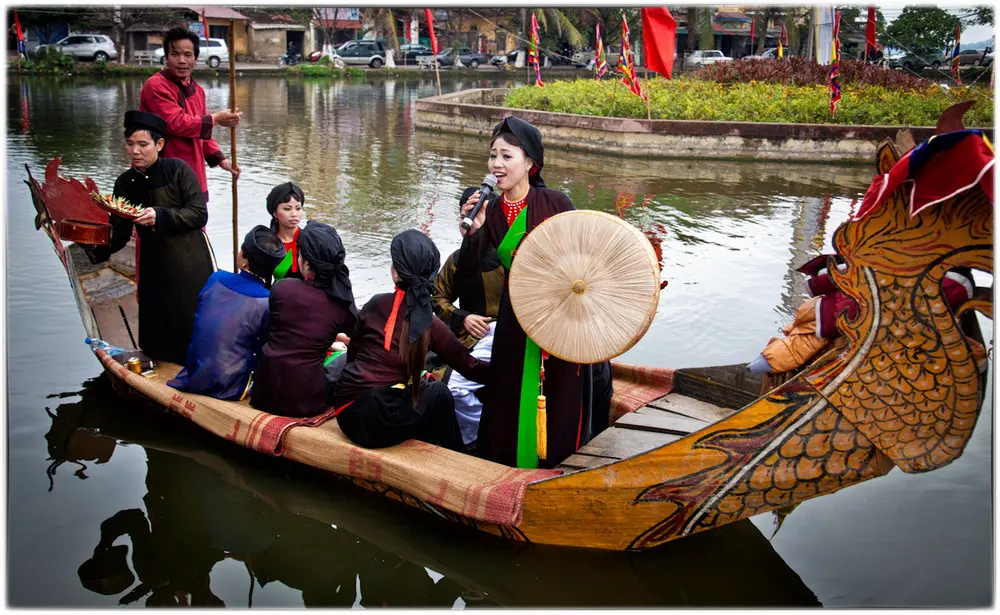
Dan Ca Quan ho is a traditional form of music of the people in Bac Ninh
Dan Ca Quan Ho is a traditional form of music of the people in Bac Ninh. This folk art form is often a reciprocal song between men and women to express the thoughts and feelings of lovers. Every past spring, and autumn, Bac Ninh resounds the holy and sweet songs of Quan ho folk songs to help dispel fatigue during hard working days.
3.3 Tuong

This performing arts often expresses stories about history, religion, and folklore
Tuong is a traditional form of Vietnamese drama, which combines singing, dancing, and acting. Tuong often expresses stories about history, religion, and folklore. In particular, Tuong’s stories often revolve around stories about examples of dedication to a great cause, lessons about human behavior, etc. Therefore, Tuong’s plays often have a heroic sound, imbued with humanity and tradition.
3.4 Don Ca Tai Tu

This is a popular form of Vietnamese cultural and art performance in the Mekong Delta
Don Ca Tai Tu is a popular form of Vietnamese cultural and art performance in the Mekong Delta. Amateur singers have appeared since 100 years of water with commonly used musical instruments including picture lute, pliers, stork, gourd, etc. As the name suggests, this is an art form that combines the herd and the song that is often performed by the people of the river region for each other to see after every hour of labor. Don Ca Tai Tu often sings about love poems, life, and history. This is not only a form of entertainment for local people but also a cultural beauty that attracts tourists from all over the world.
4. Traditional Vietnamese food
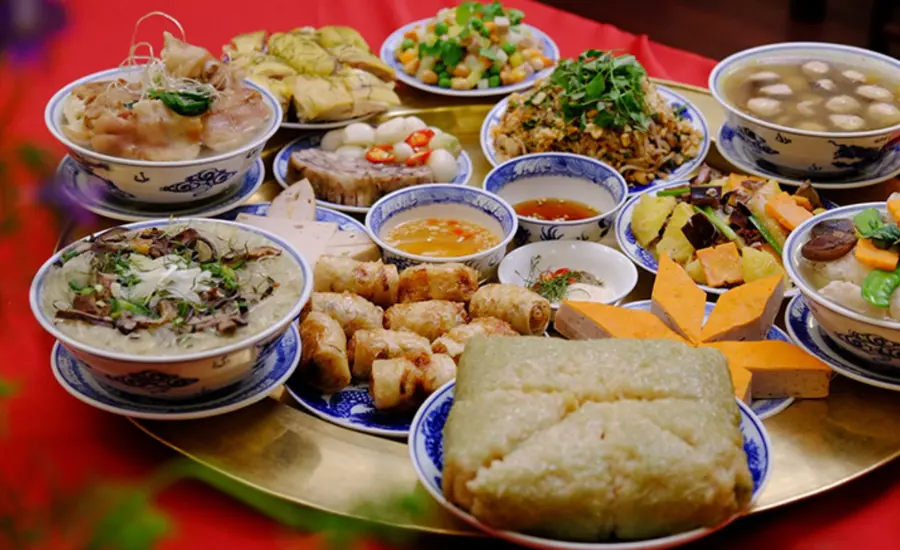
Traditional rice tray of Vietnamese people
Cuisine and culinary traditions are integral to Vietnamese culture, and Vietnamese food is a source of immense pride for the people. With its rich flavors, fresh ingredients, and diverse regional variations, Vietnamese cuisine offers a delightful gastronomic experience. Each region in Vietnam has its own unique and special dishes, showcasing the country’s culinary diversity and reflecting the local flavors and traditions.
5. Traditional Vietnamese festivals
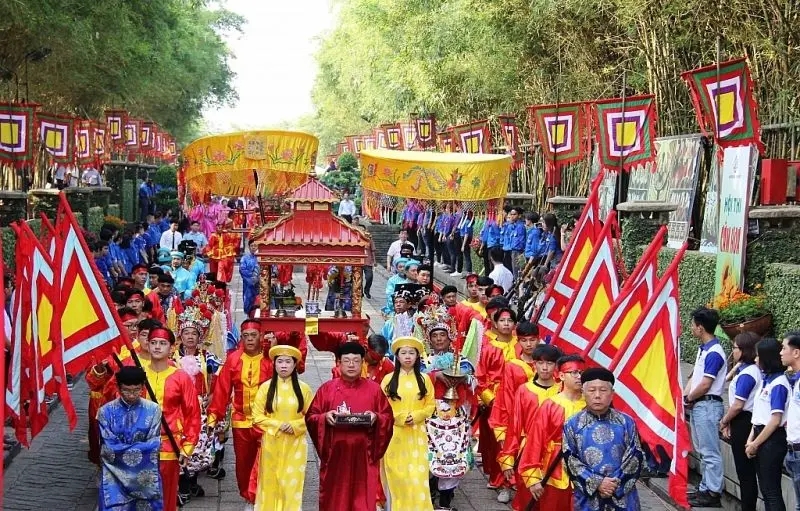
Hung King Holidays on March 10th ( lunar calendar)- Phu Tho province
Traditional Vietnamese festivals are vibrant celebrations deeply rooted in the country’s rich cultural heritage and ancient customs. These festivities offer a fascinating glimpse into Vietnam’s history, spiritual beliefs, and agricultural traditions. Here are the top 5 festivals in Vietnam:
- TET Nguyen Dan – TET holidays all over the country
- Hung King Holidays on March 10th ( lunar calendar)- Phu Tho province
- Saint Giong Festival – In March outside Hanoi in the Soc Son district
- Ka Te Festival – In the Champa community in Ninh Thuan Province
- Hoi đua voi – Elephant racing in Don village – Dak Lak province
6. Best places to learn about traditional Vietnamese culture
Vietnam offers a plethora of fascinating destinations to immerse yourself in traditional Vietnamese culture and gain a deeper understanding of the nation’s heritage. Here are some of the best places to embark on this enriching journey:
6.1 Ha Noi
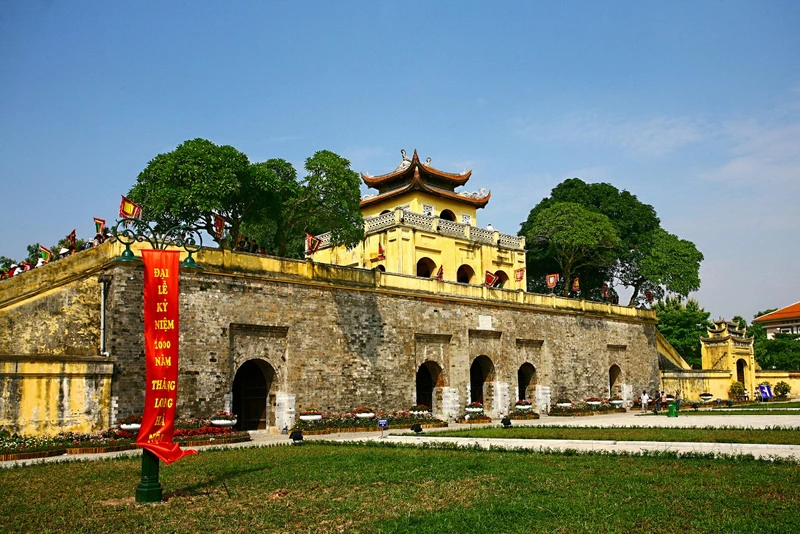
Imperial Citadel of Thang Long – World Cultural Heritage
Hanoi is a cultural treasure trove with its ancient temples, bustling markets, and preserved old quarters. Some places you can visit such as The Vietnam Museum of Ethnology, The Thang Long Water Puppet Theatre, One Pillar Pagoda, etc.
In addition, Hanoi has many other interesting places that you should also try once in your life.
6.2 Ninh Binh
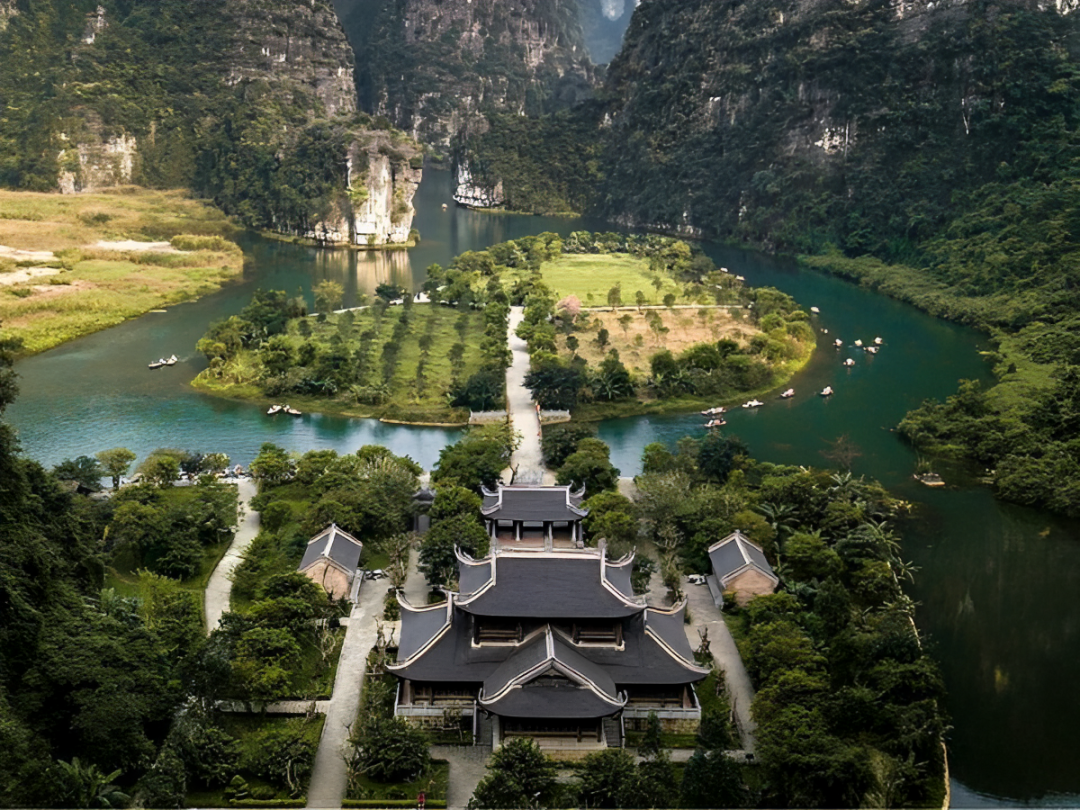
Trang An Ancient
Known as “Halong Bay on Land,” Ninh Binh showcases stunning karst landscapes and historical sites like Hoa Lu Ancient Capital, which served as the political and cultural center of Vietnam during the Dinh and early Le dynasties, and Bai Dinh Pagoda, the largest Buddhist complex in Southeast Asia.
6.3 Ha Giang
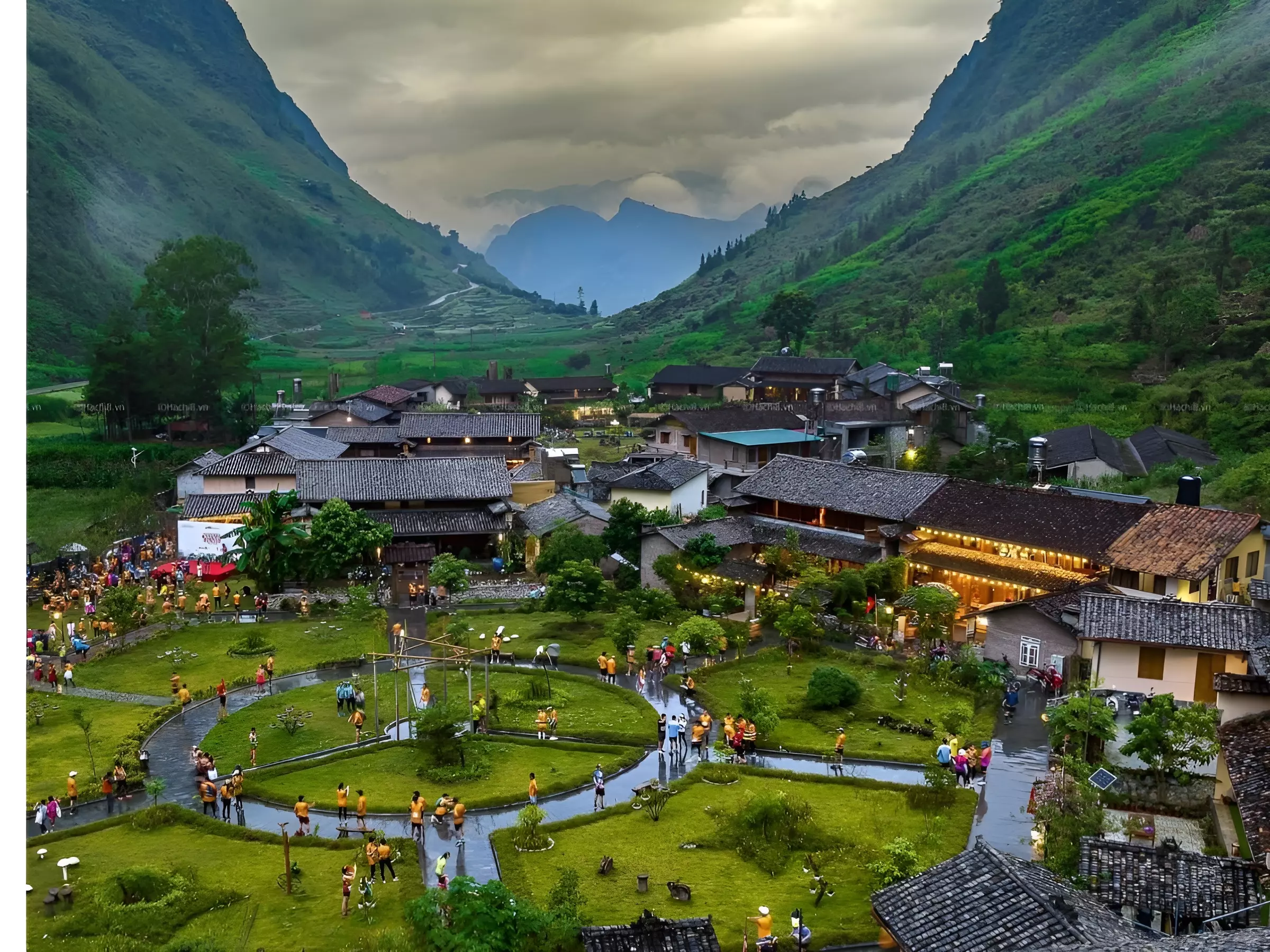
H’Mong Ta Vi village in Ha Giang-Unique Hmong Cultural House in Ha Giang
This mountainous province in the far north is a hidden gem for cultural immersion. Its rugged landscapes, hill tribe markets, and traditional festivals. Coming to Ha Giang you can witness the daily life and customs of the ethnic communities here.
6.4 Hue

Hue capital
The former imperial capital of Vietnam, Hue, boasts a rich history and the significance of traditional Vietnamese culture. Explore the majestic Hue Citadel, visit the royal tombs, and witness captivating performances of “Nha Nhac”, a UNESCO Intangible Cultural Heritage.
Traditional Vietnamese culture is a captivating tapestry of history, customs, and values that continue to thrive in the modern world. For culture travelers seeking an enriching and authentic experience, Vietnam offers a treasure trove of opportunities to immerse themselves in this fascinating heritage. In addition, Vietnam also has many other tourist destinations that you should not miss in this beautiful country such as Da Nang, Moc Chau, Ninh Thuan, Phu Quoc, Sapa, Ha Long, Phan Thiet, etc.
